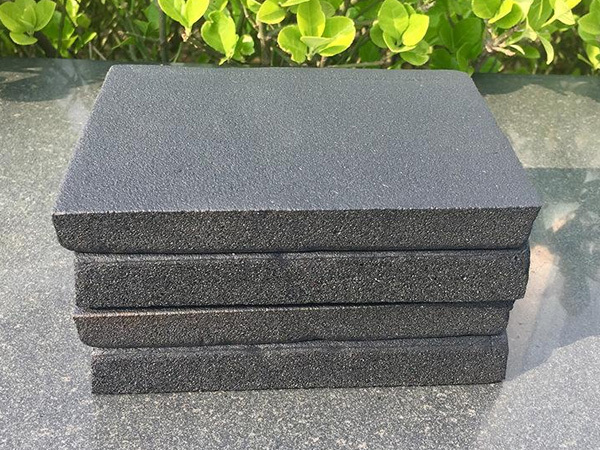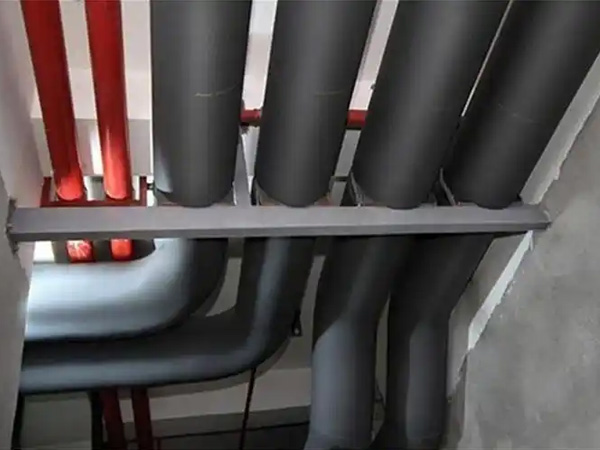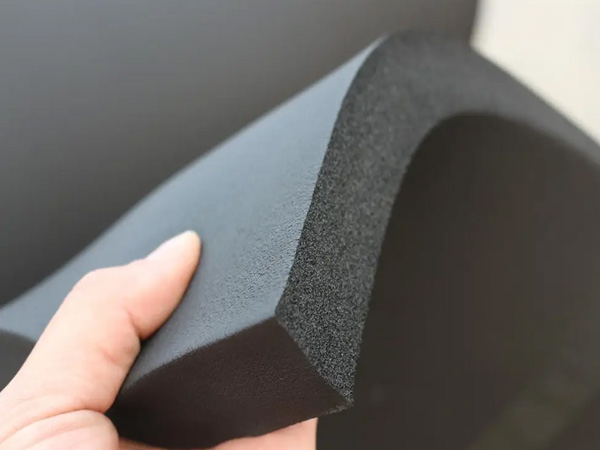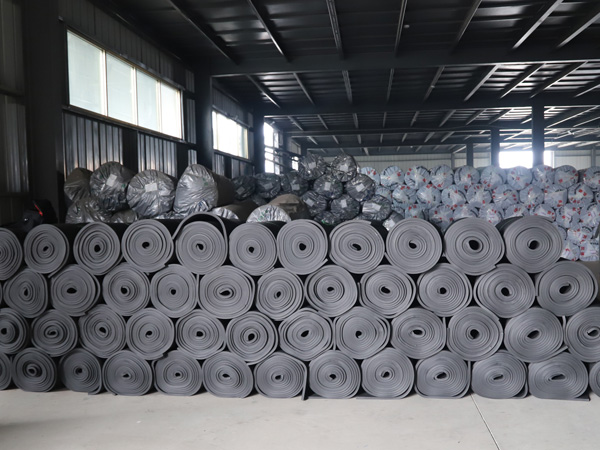Impact of Uneven Phenolic Foam Board Surfaces on Construction
2025-06-18 14:32:45
Impact of Uneven Phenolic Foam Board Surfaces on Construction
1. Key Issues Caused by Surface Irregularities
Phenolic foam boards with uneven surfaces can lead to multiple challenges during installation and long-term performance:
A. Poor Adhesion & Bonding Failure
Mortar/Adhesive Inconsistency: Gaps between the board and substrate reduce contact area, weakening bond strength.
Delamination Risk: Air pockets behind the board may cause cracking or detachment under wind loads or thermal stress.
B. Thermal Bridging & Insulation Loss
Gaps Create Cold Spots: Uneven contact increases heat transfer, reducing overall energy efficiency.
Condensation Risk: Temperature differentials promote moisture buildup, accelerating mold or corrosion.
C. Aesthetic & Finishing Defects
Wall/Cladding Warping: Tiles, renders, or panels may not lay flat, causing visible waves or cracks.
Increased Labor for Leveling: Requires extra filler or grinding, raising project costs and delays.
D. Structural Stress Points
Localized Pressure: Protrusions concentrate load on fasteners or adhesives, risking mechanical failure.
2. Root Causes of Uneven Surfaces
Manufacturing Defects: Improper curing or cutting during production.
Transport/Handling Damage: Rough handling bends or dents the boards.
Moisture Warping: Storage in humid conditions deforms panels.
3. Mitigation Strategies
A. Pre-Installation Checks
Visual Inspection: Reject boards with >3mm/mm surface deviation (per ASTM C209).
Laser Leveling Scan: Detect unevenness before adhesive application.
B. Corrective Measures
Grinding/Sanding: Smooth high spots for better adhesion.
Shimming: Use leveling compounds or foam strips to fill depressions.
C. Adhesive Optimization
Thick-Bed Mortars: Use high-build adhesives (e.g., polymer-modified cement) to compensate for gaps.
Ribbon/Perimeter Bonding: Ensure 70%+ coverage to offset unevenness.
D. Design Adjustments
Mechanical Fasteners: Supplement adhesive with anchors to secure warped boards.
Flexible Finishes: Choose elastomeric coatings or flexible tiles to mask minor irregularities.
4. Long-Term Implications
Warranty Voidance: Manufacturers may reject claims if uneven boards are installed.
Maintenance Costs: Premature repairs for cracks or detachment.
Pro Tip: For critical projects (e.g., high-rises), specify factory-polished boards or insist on on-site quality audits.

OurFlame Retardant Rubber Foamis a premium closed-cell elastomeric insulation material engi...

OurRubber Pipe Insulationis a high-performance solution designed specifically for HVAC pipi...

Rubber Foam Insulation Sheet – Product Introduction Premium Flexible Insulation for Therm...

Specially engineered for refrigeration applications, ourElastomeric Rubber Insulationprovid...



